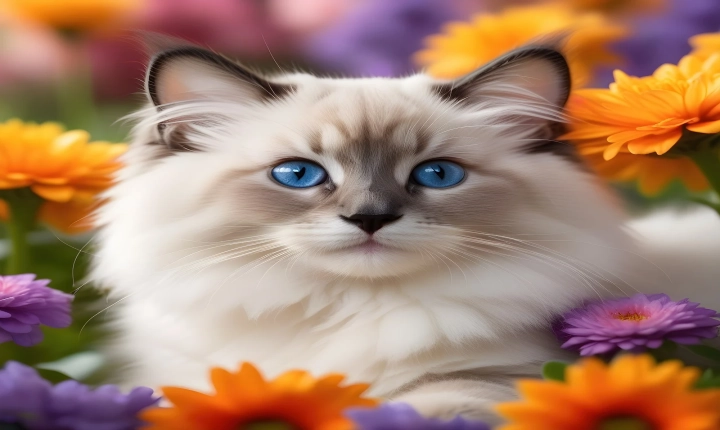The Mo’ai: A Timeless Symbol of Mystery and Tradition
The mo’ai, also known as moai, are a group of colossal stone statues located on Easter Island, a remote and enigmatic island in the Pacific Ocean. These remarkable sculptures have captivated the imagination of people around the world, with their mysterious origins and striking appearances. The mo’ai have become an enduring symbol of the island’s unique history and culture, and have inspired countless theories and legends about their significance.
The mo’ai are believed to have been created by the Rapa Nui people, the indigenous inhabitants of Easter Island. Carved from volcanic tuff, a relatively soft stone found on the island, the statues range in height from a few meters to towering heights of over 30 feet. Each mo’ai is characterized by a distinctive, elongated head and a solemn, enigmatic expression, with their arms resting on their bellies.
One of the most intriguing aspects of the mo’ai is the method by which they were transported and erected. Researchers believe that the Rapa Nui people employed a combination of leverage, ropes, and possibly wooden sleds to move the statues from the quarries where they were carved to their final positions on ceremonial platforms known as ahu. This incredible feat of engineering and ingenuity continues to astound and fascinate historians and archaeologists to this day.
The purpose of the mo’ai remains a subject of speculation and debate. Some researchers believe that the statues represent deceased ancestors and were placed on the ahu to oversee and protect the community. Others suggest that the mo’ai served as symbols of power and prestige for the ruling elite, and were erected to demonstrate the authority and status of particular clans. The true meaning and significance of the mo’ai may never be completely understood, but their enduring presence on Easter Island continues to evoke a sense of wonder and awe.
The mo’ai have also become a powerful emblem of the cultural heritage and artistic achievements of the Rapa Nui people. The intricate craftsmanship and striking beauty of the statues reflect the skill and creativity of the island’s ancient artisans, and their enduring legacy serves as a reminder of the rich and complex history of Easter Island. Today, the mo’ai are a significant tourist attraction, drawing visitors from around the world who come to marvel at these remarkable sculptures and learn about the island’s enigmatic past.
In conclusion, the mo’ai are a timeless symbol of mystery, tradition, and artistic achievement. Their monumental presence on Easter Island serves as a testament to the ingenuity and craftsmanship of the Rapa Nui people, while their enigmatic allure continues to spark curiosity and fascination among people of all ages. Whether viewed as guardians of the island, expressions of ancestral reverence, or testaments to human creativity, the mo’ai remain an enduring enigma that invites exploration and contemplation.
